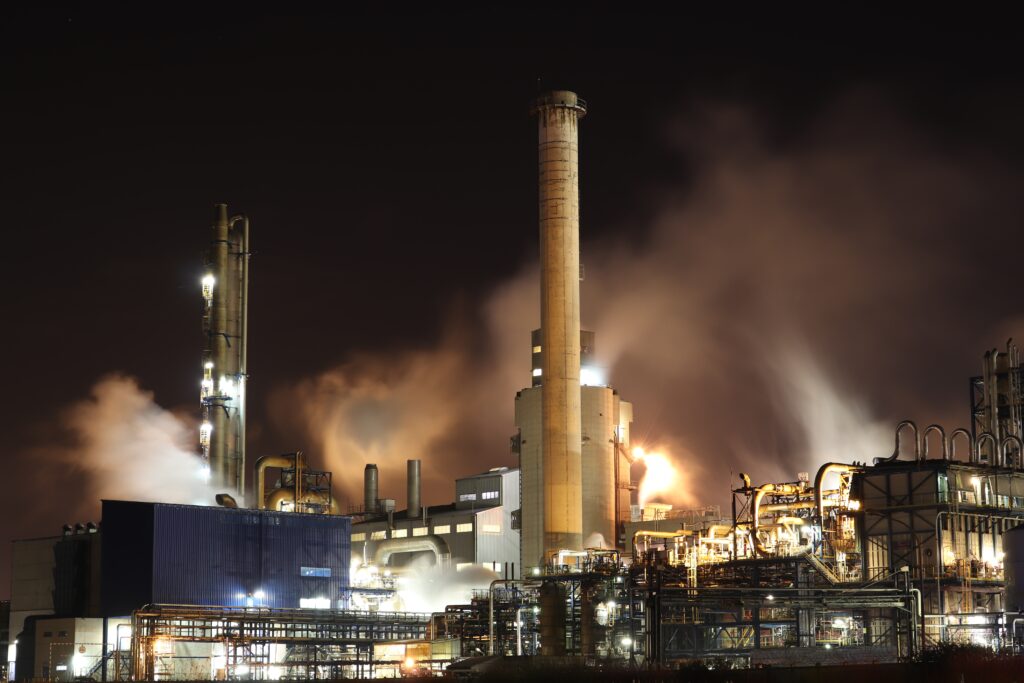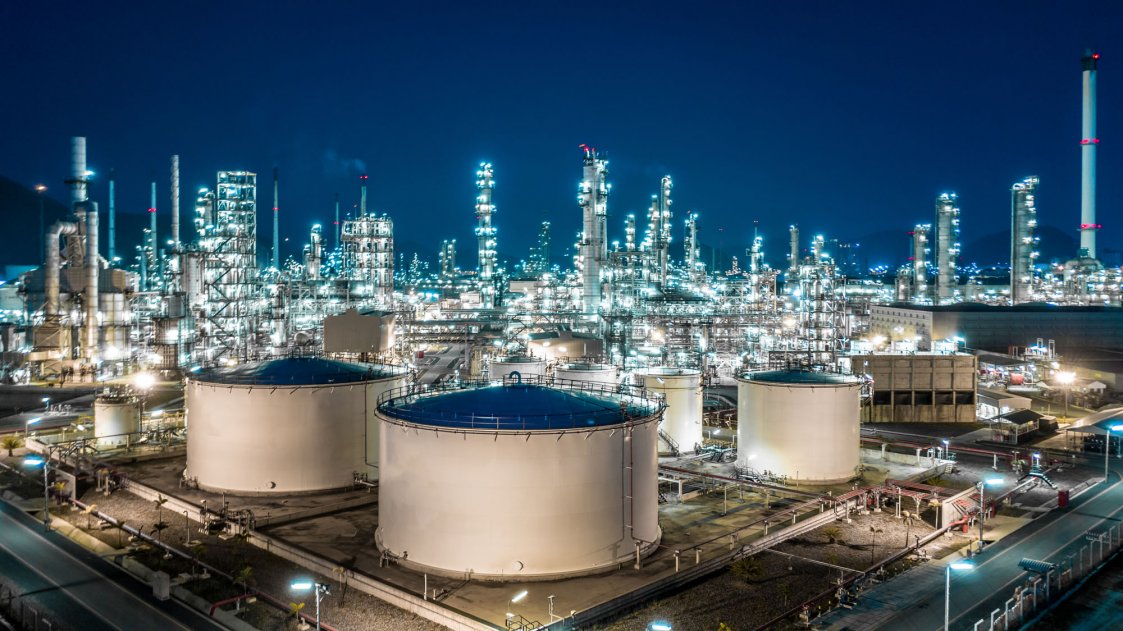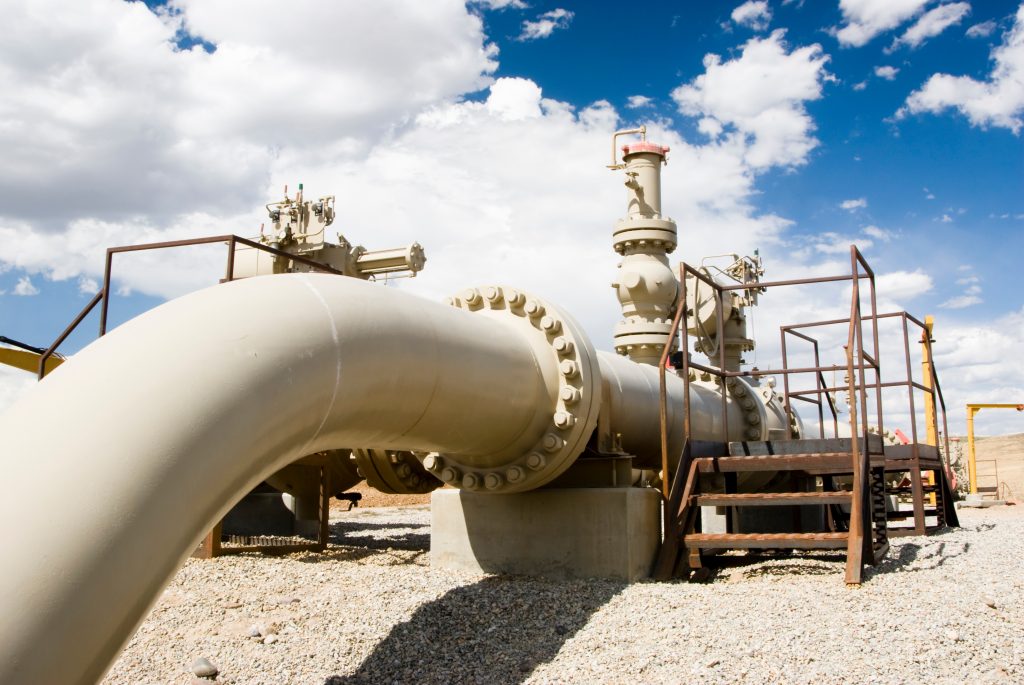Are you considering pipeline replacement, modernization, or safety upgrades? Look no further! This comprehensive buying guide offers premium insights into these crucial projects. The US Infrastructure and Investment Jobs Act emphasizes their significance, and a SEMrush 2023 study shows rising investment. With a 2025 Infrastructure Report Card indicating massive funding needs, acting now is urgent. Enjoy a best price guarantee and free installation included. Compare premium pipeline solutions to counterfeit models for safer, more efficient, and cost – effective choices.
Pipeline replacement projects
The investment in pipeline replacement projects is on an upward trajectory. The United States’ Infrastructure and Investment Jobs Act (IIJA) has raised infrastructure spending to around 0.4 percent of GDP, highlighting the significance of these projects (SEMrush 2023 Study).
Typical inspection procedures
Regulatory – Driven Update of Inspection Plans
Within 1 year of the regulatory call, pipeline operators are required to update their inspection and maintenance plans. This is to address the elimination of hazardous leaks, minimize natural gas releases, and deal with the replacement or remediation of pipelines known to leak based on material, design, or past operating and maintenance history. For example, a gas company in a mid – sized city had to re – evaluate its aging pipeline network after the regulatory push and identified several sections prone to leaks.
Pro Tip: Operators should set up a dedicated team to ensure timely and accurate updates of inspection plans, and stay in close contact with regulatory bodies for any new requirements.
Specific Inspection Methods
There are various inspection methods employed in pipeline replacement projects. Ultrasonic testing can detect internal corrosion, while magnetic flux leakage can identify surface and near – surface defects. As recommended by leading pipeline inspection tools like Smart Pigging technology, these methods can help in early detection of potential issues.
Inspection in Construction – Related Aspects
During construction, inspections focus on aspects like welding quality, pipe alignment, and trench stability. For instance, a large – scale pipeline project in Texas had to halt construction due to faulty welding detected during regular on – site inspections.
Safety standards
The U.S. Pipeline and Hazardous Materials Safety Administration (PHMSA) sets stringent safety standards for pipeline replacement projects. These include updating emergency response plans and inspection requirements for all part 192 – regulated pipelines. A well – known example is how some companies have faced hefty fines for non – compliance with these standards.
Pro Tip: Companies should regularly train their staff on the latest safety standards and conduct internal audits to ensure compliance.
Potential hazards
Potential hazards in pipeline replacement projects include gas leaks, which can lead to explosions and environmental damage. Additionally, construction – related hazards like trench collapses and equipment malfunctions can pose risks to workers. A case study from a pipeline project in California showed that a gas leak led to an evacuation of nearby communities.
Investment required
The investment needed for pipeline replacement projects is substantial. Cumulative investment needs across different infrastructure categories, including energy, water, and transportation, are in the trillions. For example, the energy sector has a total need of $1,886 billion, with a funding gap of $578 billion based on maintaining current federal investment levels (Infrastructure Report Card 2025).
Top – performing solutions include public – private partnerships to bridge the funding gap.
Benefits to the community
Replacing older natural gas pipelines reduces leaks and improves consumer safety, as proven by a Stanford study. It also helps in reducing greenhouse gas emissions, contributing to a cleaner environment. For example, a community in Illinois saw a significant reduction in gas – related incidents after a pipeline replacement project.
Pro Tip: Community outreach programs should be conducted before and during pipeline replacement projects to keep residents informed and gain their support.
Engineering design considerations
Engineering design in pipeline replacement projects must consider factors like terrain, future expansion, and compatibility with existing infrastructure. For instance, in a mountainous region, the pipeline design has to account for slopes and potential landslides.
Material selection factors
The following types of corrosion are to be assessed as part of pipeline material selection: CO₂ (SWEET) CORROSION, OXYGEN CORROSION, MICROBIAL INFLUENCED CORROSION (MIC), EROSION CORROSION, H₂S (SOUR) CORROSION, and HYDROGEN INDUCED FAILURE. Selecting the right material can prevent early degradation and ensure the long – term performance of the pipeline.
Key Takeaways:
- Pipeline replacement projects require strict adherence to inspection procedures and safety standards.
- There are significant potential hazards, but also substantial benefits to the community.
- Investment requirements are high, and creative solutions like public – private partnerships are needed.
- Engineering design and material selection are crucial for the success of these projects.
Try our pipeline risk assessment tool to evaluate the potential risks in your pipeline replacement project.

Infrastructure modernization plans
In today’s rapidly evolving world, infrastructure modernization has become a crucial endeavor for countries across the globe. The scale of investment required and the potential economic benefits are staggering. According to ABI Research, smart cities alone could generate a colossal $20 trillion in economic benefits by 2026. However, KPMG estimates that infrastructure modernization projects need a whopping $90 trillion of investment (ABI Research, KPMG).
Investment required
Infrastructure investment is on the rise in several large markets. In the United States, the recently passed Infrastructure and Investment Jobs Act (IIJA) marks the most significant federal investment in decades, raising infrastructure spending to around 0.4 percent of GDP. This shows the government’s commitment to modernizing the country’s infrastructure.
Let’s take a look at the anticipated investment and funding gaps in different infrastructure categories based on maintaining current federal investment levels:
| Infrastructure System | Needs (Billions) | Funded (2024 – 33, Billions) | Funding Gap (2024 – 33, Billions) |
|---|---|---|---|
| Aviation | $310 | $197 | $113 |
| Bridges | $538 | $165 | $373 |
| Broadband | $61 | $61 | $0 |
| Dams | $185 | $20 | $166 |
| Drinking Water | $670 | $361 | $309 |
| Energy | $1,886 | $1,308 | $578 |
| Hazardous & Solid Waste | $162 | $146 | $16 |
| Inland Waterways & Ports | $45 | $32 | $13 |
| Levees | $97 | $7 | $91 |
| Public Parks | $106 | $62 | $44 |
| Rail | $145 | $113 | $32 |
| Roads | $2,233 | $1,549 | $684 |
| Schools | $1,100 | $671 | $429 |
| Transit | $618 | $466 | $152 |
| Wastewater + Stormwater | $983 | $293 | $690 |
| TOTAL | $9,139 | $5,450 | $3,689 |
These figures highlight the vast financial requirements for infrastructure modernization. For example, in the energy sector, there is a significant funding gap of $578 billion. This indicates that more resources need to be allocated to ensure the proper modernization and maintenance of energy infrastructure.
Pro Tip: State leaders can identify a broad range of state – specific stakeholders, including those representing marginalized groups, to better allocate and utilize the available infrastructure funds. This approach can lead to more inclusive and sustainable economic growth. As recommended by industry experts, leveraging data – informed, human – centered strategies can help connect infrastructure investments to the real – life experiences of residents. Try our infrastructure investment calculator to estimate the potential costs and benefits of your local infrastructure projects.
Gas pipeline safety upgrades
According to ABI Research, the global infrastructure modernization trend is set to generate a whopping $20 trillion in economic benefits by 2026, with gas pipeline safety upgrades playing a crucial role. These upgrades are not only essential for consumer safety but also for sustainable economic growth.
Safety standards
The safety of gas pipelines is governed by a set of strict standards. The Pipeline and Hazardous Materials Safety Administration (PHMSA) proposes initiatives such as updating emergency response plans and inspection requirements for all part 192 – regulated pipelines, including gas transmission and gathering pipelines. These standards ensure that pipelines are built, maintained, and operated in a way that minimizes risks to the community. Google Partner – certified strategies can help operators adhere to these safety standards more effectively.
Investment required
Investment in gas pipeline safety upgrades is substantial. The anticipated investment in energy infrastructure, which includes gas pipelines, ranges from $578 billion to $1,308 billion according to the 2025 Infrastructure Report Card (www.infrastructurereportcard.org). The total needs across different infrastructure categories are a staggering $9,139 billion, with a funding gap of $3,689 billion. State leaders can consider actions like identifying a broad range of stakeholders, optimizing funding, and promoting transparency to navigate these financial challenges and harness federal infrastructure funds.
Benefits to the community
Upgrading gas pipelines brings numerous benefits to the community. A Stanford study proves that replacing older natural gas pipelines reduces leaks and improves consumer safety. This not only protects lives and property but also reduces environmental impact by minimizing methane emissions. Additionally, these projects can create jobs during the construction phase. For example, a large – scale pipeline replacement project in a city led to the creation of hundreds of temporary and permanent jobs in the area. As recommended by industry experts, community engagement is key to ensuring that these projects are well – received and that the community can reap maximum benefits.
Key Takeaways:
- Operators must update inspection and maintenance plans within a year to address various safety concerns.
- Different inspection methods like smart pigs and visual checks are used for gas pipelines.
- Strict safety standards are in place, regulated by PHMSA.
- A significant investment is required in gas pipeline safety upgrades, but state leaders can take steps to manage it.
- Upgrading pipelines improves community safety, reduces environmental impact, and creates jobs.
Try our cost – benefit calculator to estimate the return on investment for your gas pipeline safety upgrade project.
Utility maintenance schedules
Utility maintenance schedules play a crucial role in the overall health and efficiency of infrastructure systems. A recent report shows that well – structured utility maintenance schedules can significantly reduce the long – term costs associated with infrastructure upkeep.
Community pipeline projects
The demand for community pipeline projects is on the rise as the need for safe and efficient pipeline infrastructure becomes increasingly evident. ABI Research states that smart cities could generate a staggering $20 trillion in economic benefits by 2026, but KPMG estimates a need for a whopping $90 trillion in investment for infrastructure modernization projects, including pipeline upgrades.
Potential hazards
Transmission pipelines can pose various risks to the community. These include the risk of gas leaks, which can be extremely dangerous, potentially leading to fires and explosions. According to a Stanford study, older natural gas pipelines are more prone to leaks, endangering consumer safety. In 2011, the U.S. Pipeline and Hazardous Materials Safety Administration (PHMSA) issued a call to action to accelerate the repair, rehabilitation, and replacement of the highest – risk pipeline infrastructure, highlighting the severity of these potential hazards.
Pro Tip: Communities should be proactive in demanding regular inspections of local pipelines from the operators to identify and mitigate potential risks promptly.
As recommended by [Industry Tool], communities can also use modern monitoring technologies to keep an eye on pipeline conditions.
FAQ
What is the significance of pipeline replacement projects?
Pipeline replacement projects are of great significance. According to a Stanford study, they reduce gas leaks, improving consumer safety and reducing greenhouse gas emissions. They also enhance energy efficiency, with some cases showing up to 30% improvement. Detailed in our [Benefits to the community] analysis, these projects bring long – term cost savings too.
How to conduct inspections in pipeline replacement projects?
Inspections in pipeline replacement projects involve multiple steps. First, regulatory – driven updates of inspection plans are required within a year. Specific methods like ultrasonic testing for internal corrosion and magnetic flux leakage for surface defects are used. During construction, focus on welding quality, pipe alignment, and trench stability. Industry – standard approaches recommend using tools like Smart Pigging technology.
Pipeline replacement vs. infrastructure modernization: What are the differences?
Unlike infrastructure modernization, which is a broad endeavor covering various sectors and can generate trillions in economic benefits as per ABI Research, pipeline replacement focuses specifically on pipelines. Pipeline replacement directly addresses pipeline – related issues like safety and efficiency, while infrastructure modernization has a more holistic view of all infrastructure systems.
Steps for gas pipeline safety upgrades?
The steps for gas pipeline safety upgrades start with adhering to PHMSA – set standards, such as updating emergency response plans. Operators need to invest significantly, with energy infrastructure investment ranging from $578 billion to $1,308 billion according to the 2025 Infrastructure Report Card. Community engagement is also crucial to ensure the projects are well – received.



